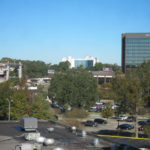
This gallery contains 13 photos.
Note: My original article described the east side of Classen Boulevard from N.W. 30th Street to about N.W. 25th Street where Super Cao Nguyen grocery store and Lido Restaurant are located. This tour follows the west side of Classen from … Continue reading







